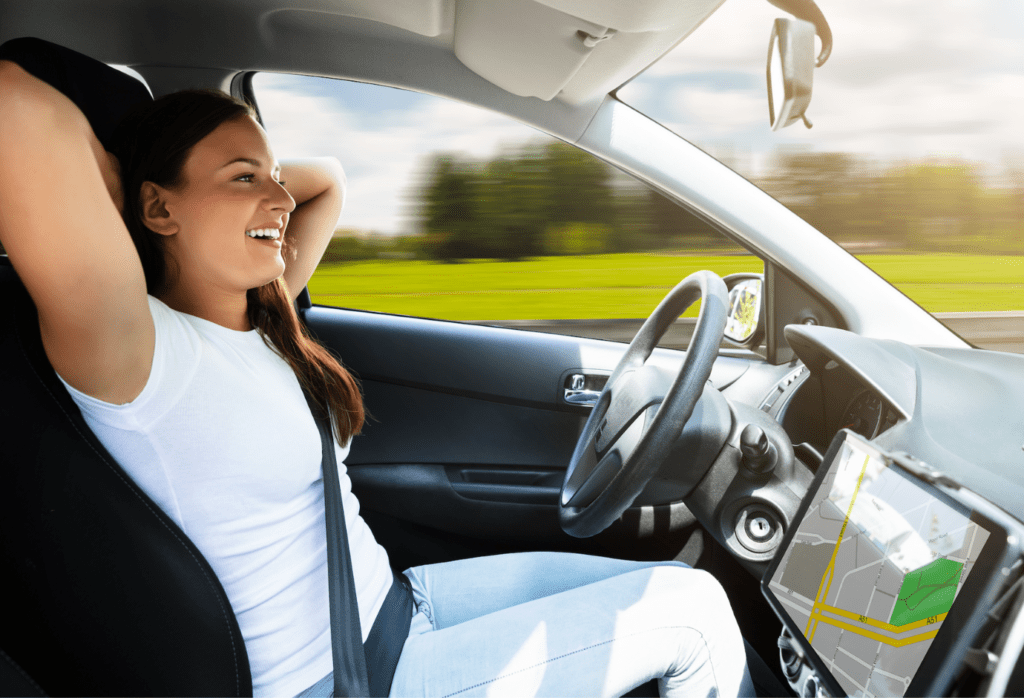New research from London’s Newcastle University has found that women are better operators of driverless cars than men, beating them when it came to reaction times, control over the wheel and regaining control of the vehicle once required.
The research, published in the journal Scientific Reports, revealed that women displayed faster reaction times while operating a driverless vehicle, and had better control of the vehicle’s wheels.
A total of 76 participants (33 women and 43 men) were involved in the research, requiring them to drive a simulator that imitates the act of retaking control of a driverless vehicle to observe and compare their performance.
The simulator allowed participants twenty seconds to regain control of the driverless car to spot and avoid colliding with a parked car.
The study found that women were less likely to be brisk during takeovers, while also having slightly faster reaction time. On average, women took 2.45 seconds to regain control over the vehicle, while men took 2.63 seconds.
Women also displayed more stable handling of the steering wheel, on average.
“Women often do not realise how good they are at driving, but our results found they actually perform slightly better,” Dr Shuo Li, an intelligent transport systems expert at Newcastle University told The Independent.
Acting head of Newcastle University’s School of Engineering, Professor Roberto Palacin, believes the latest study can “inform software engineers so that the automated vehicle can be adapted for the user, in the same way, that people have different ringtones on their mobile phone, or might prefer to have it in dark mode.”
“This could include perhaps your safety needs in terms of reaction times,” he said.
“In the same way, you can change the size of your font on your phone if you don’t see very well, if I was buying a car for my mother, who was 70, then there could be a mode for that.”
Palacin’s team also highlighted the importance of studying the impact of gender in this area, since ignoring it could lead to harmful consequences regarding transport inequality.

